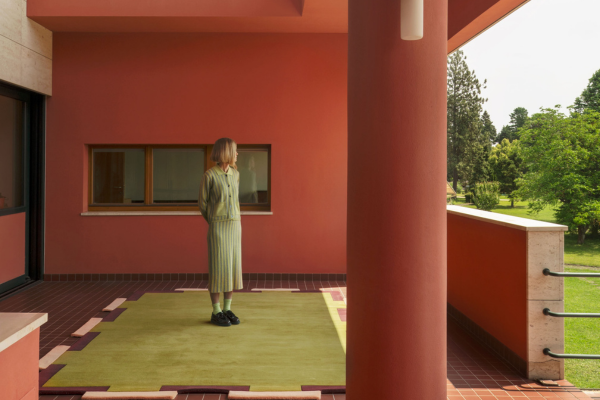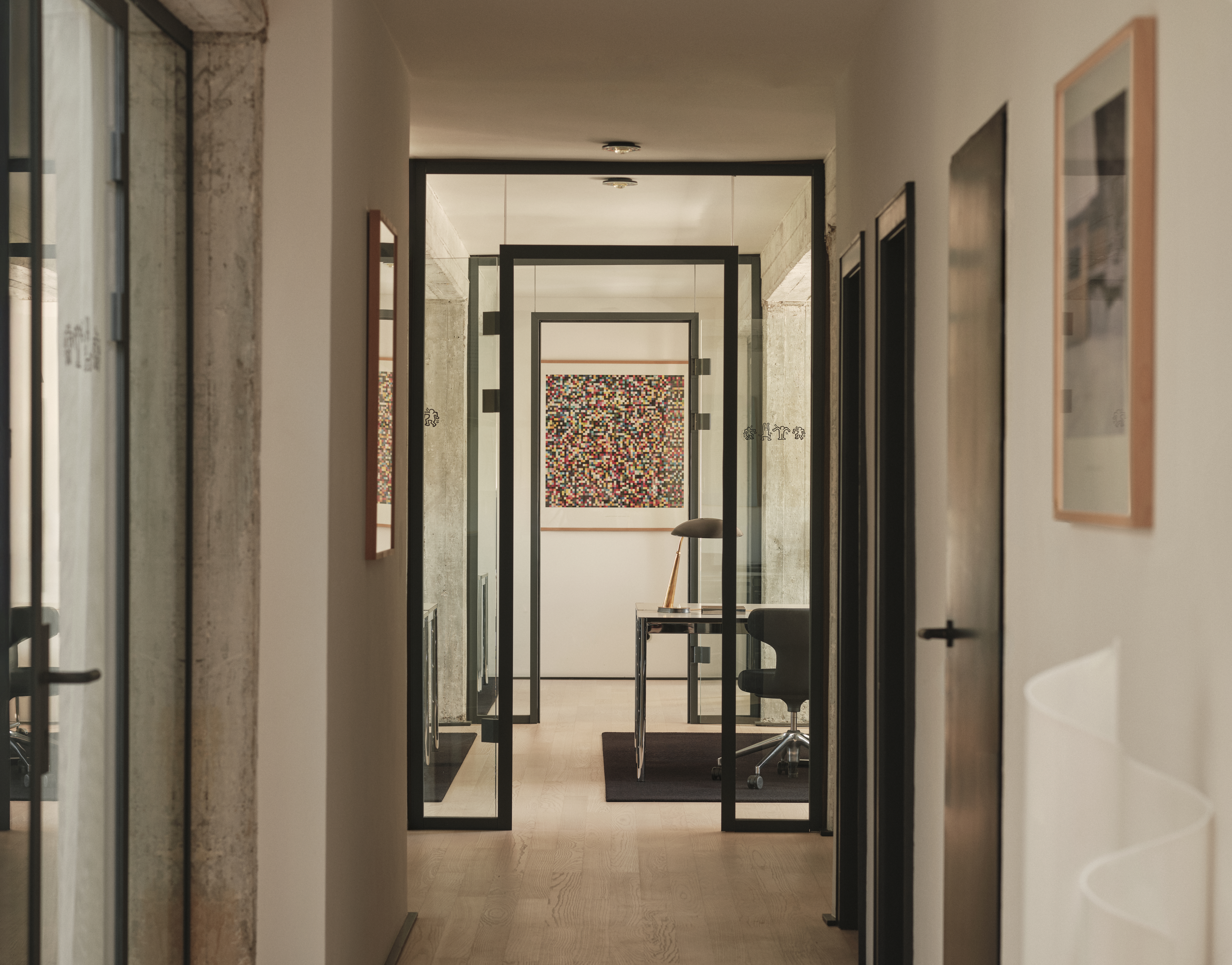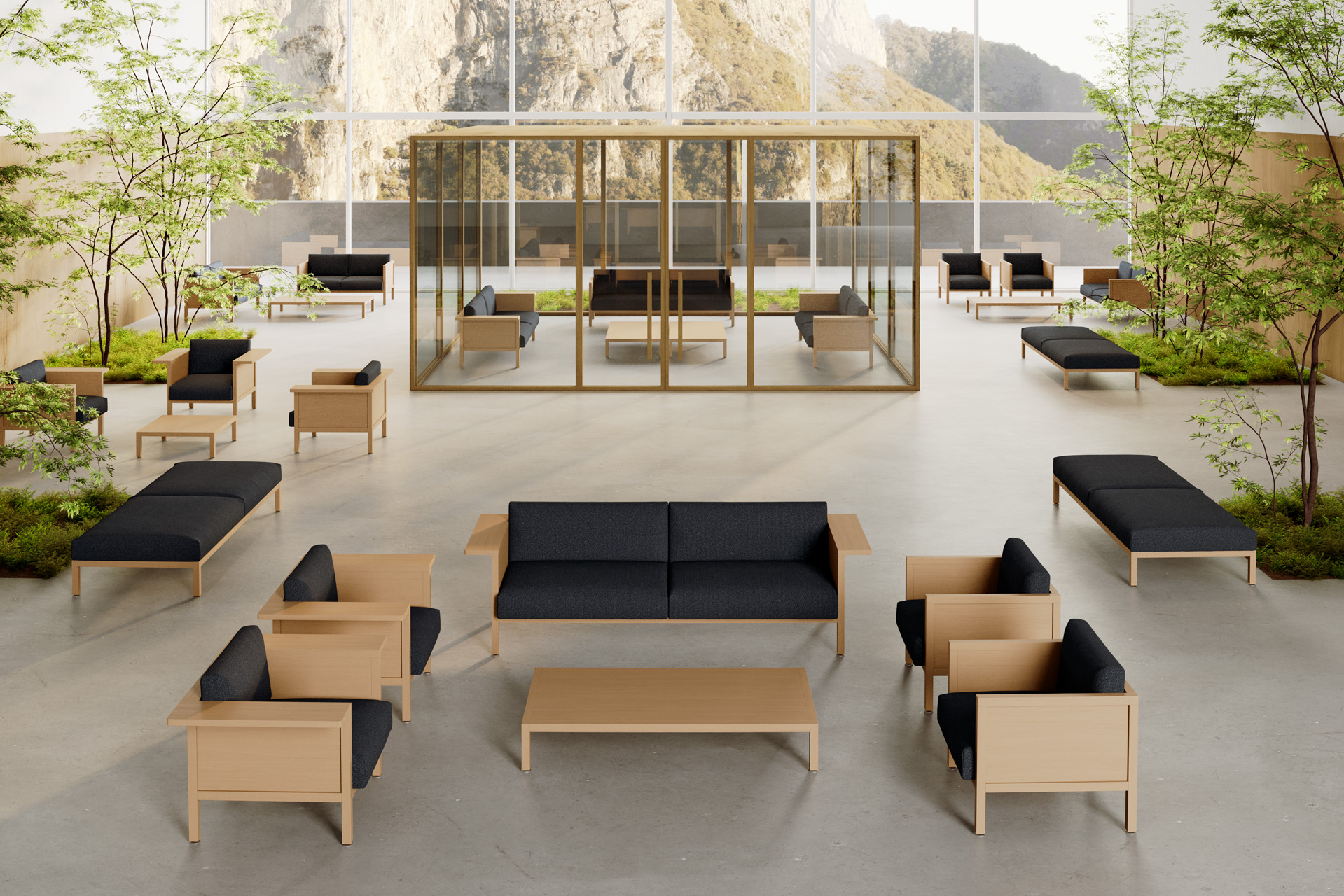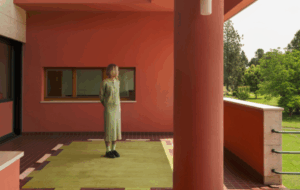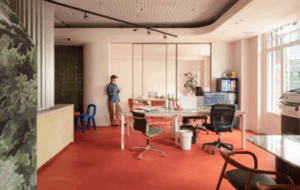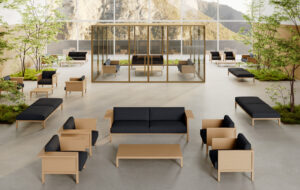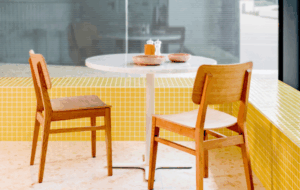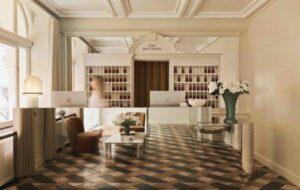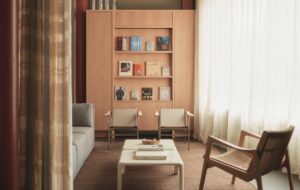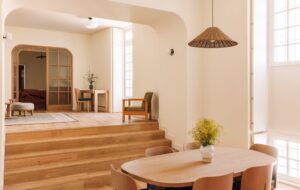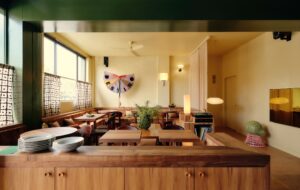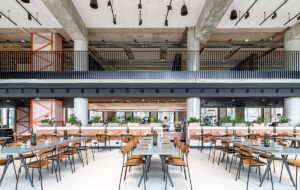 Illustration by Marta Pantaleo|||
Illustration by Marta Pantaleo|||
London is a city that celebrates variety. It is a city of villages rather than a single style; every street tells a story and shows its history on its sleeve. The erratic nature of development in the capital means that big chunks of city were made at the same time, delivering a level of consistency, like the Georgian, Victorian and Edwardian terraces and the acres of semi-detached suburbia. But we conspire to destroy such homogeneity. The Victorians brought a bit of variety to the long and sometimes tedious streets constructed in the 18th century; the regeneration projects of today are breaking up the monolithic nature of the post-war estates.
In the post-postmodern world, after Colin Rowe and Collage City, we live in a more catholic world where everyone wants everything to be different. New developments hire a veritable zoo of architects to ensure variety; designers insist on a wide palette of materials to add a layer of character and faux patina.
Conversations with two architects I respect hugely have given me food for thought about consistency and repetition. The first was Santiago Calatrava, whose gothic-inspired hi-tech engineering/architecture revels in the repeating column, beam and arch. In his awe-inspiring Oculus at the World Trade Center in New York, the gently curving side aisles celebrate the repeating column as one might find in Bath or Rome.
The second conversation was with Alison Brooks, who has designed terraced housing of repeating patterns for Bath, as well as Basildon, where she repeats a simple house type, creating an exciting juxtaposition of roof angles, elevations and plan. Other architects, like Duggan Morris and Lifschutz Davidson, also delight in repeating elements in their housing schemes.
As politicians and housebuilders at last realise, there are benefits with prefabrication. The handling of repetition becomes an important architectural project: how to avoid the tedium of the system builders of the 1960s, how to reflect the variety and appreciation of place that we expect today but find ways to enhance the delight that well-considered repetition provides.
Urban Splash’s factory-built HoUSe design, does this. As the details of Manchester’s Irwell Riverside development put it: “You’ll get the front door, back door, garden, parking space and all the stuff you expect from a house, but… we also allow you to arrange that space exactly as you want it.”
I am also an admirer of the work done by Create Streets, although a bit wary of its overly conservative approach to design. It has produced an interesting report, Heart in the Right Street, which discusses the scale of repetition, the requirement for interrupting long stretches of frontage with doors, railings and porches. “Blocks neither too big nor too long. Buildings that appear to be buildings not entire blocks. Narrow fronts with many doors and strong ‘sense of the vertical’ to break up the scale of terraced blocks,” it says.
The repeating columns of the Nash terraces in Regent’s Park and the Mall, as well as the comforting coherence of Metroland, reflect architectures that enjoy repetition. It’s time we took repetition more seriously.
From Regent’s Park’s rigid Nash terraces to the sprawling semis of Metroland, London’s architecture must continue to embrace consistency as well as variety, says Peter Murray

